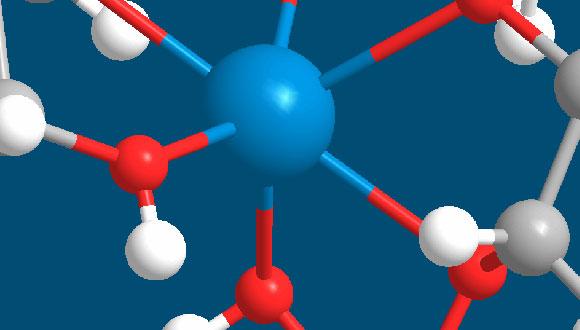Organic Chemistry Seminar: Metal-Organic Frameworks as a Heterogeneous Platform for (Photo)-Electrocatalytic Reactions
Dr. Idan Hod, BGU
Abstract:
In a world that is running out of natural resources, there is a growing need to design and develop sustainable and green energy resources. In that respect, photo-electrocatalytically driven reactions for the production of alternative fuels (such as water splitting or CO2 reduction) hold the potential to provide a route for future carbon neutral energy economy. Nevertheless, the slow kinetics of those catalytic reactions demands the development of efficient catalysts in order to drive it at lower overpotentials. Indeed, a variety of molecular catalysts based on metal complexes are capable of electrochemically reducing CO2 and/or protons. Yet, despite the significant progress in this field, practical realization of molecular catalysts will have to involve a simple and robust way to assemble high concentration of these catalysts in an ordered, reactant-accessible fashion onto a conductive electrode.
Our group utilizes Metal-Organic Frameworks (MOFs) as a platform for heterogenizing molecular electrocatalysts. Their unique properties (porosity and flexible chemical functionality), enables us to use MOFs for integrating all the different functional elements needed for efficient catalysts: 1) immobilization of molecular catalysts, 2) electron transport elements, 3) mass transport channels, and 4) modulation of catalyst secondary environment. Thus, in essence, MOFs could possess all of the functional ingredients of a catalytic enzyme.
In this talk, I will present our recent study on electrocatalytically active MOFs incorporating molecular catalysts for solar fuel reactions.
References:
[1] Ifraemov, R.; Shimoni, R.; He, W.; Peng, G.; Hod, I.; “A Metal-Organic Framework Film with Switchable Anodic and Cathodic Behavior in a Photoelectrochemical Cell”, Journal of Materials Chemistry A, 2018, DOI:10.1039/C8TA10483B
[2] He, W.; Ifraemov, R.; Raslin, A.; Hod, I.; “Room‐Temperature Electrochemical Conversion of Metal–Organic Frameworks into Porous Amorphous Metal Sulfides with Tailored Composition and Hydrogen Evolution Activity”, Advanced Functional Materials, 2018, 28, 1870121.
[3] Hod, I.; Sampson, M. D.; Deria, P.; Kubiak, C. P.; Farha, O. K.; Hupp, J. T. “Fe-Porphyrin Based MOF Films as High-Surface-Concentration, Heterogeneous Catalysts for Electrochemical Reduction of CO2”, ACS Catalysis, 2015, 5, 6302-6309.
[4] Hod, I.; Farha, O. K.; Hupp, J. T. “Modulating the Rate of Charge Transport in Metal–Organic Framework Thin Films Using Host:Guest Chemistry”, Chemical Communications, 2016, 52, 1705-1708.
[5] Hod, I.; Deria, P.; Bury, M.; Mondloch, J. E.; Kung, T. C; So, M.; Sampson, M. D.; Peters, A.; Kubiak, C. P.; Farha, O. K.; Hupp, J. T. “A Porous, Proton Relaying, Metal-Organic Framework Material that Accelerates Electrochemical Hydrogen Evolution”, Nature Communications, 2015, 6, 8304.
Seminar Organizer: Dr. Roman Dobrovetsky


